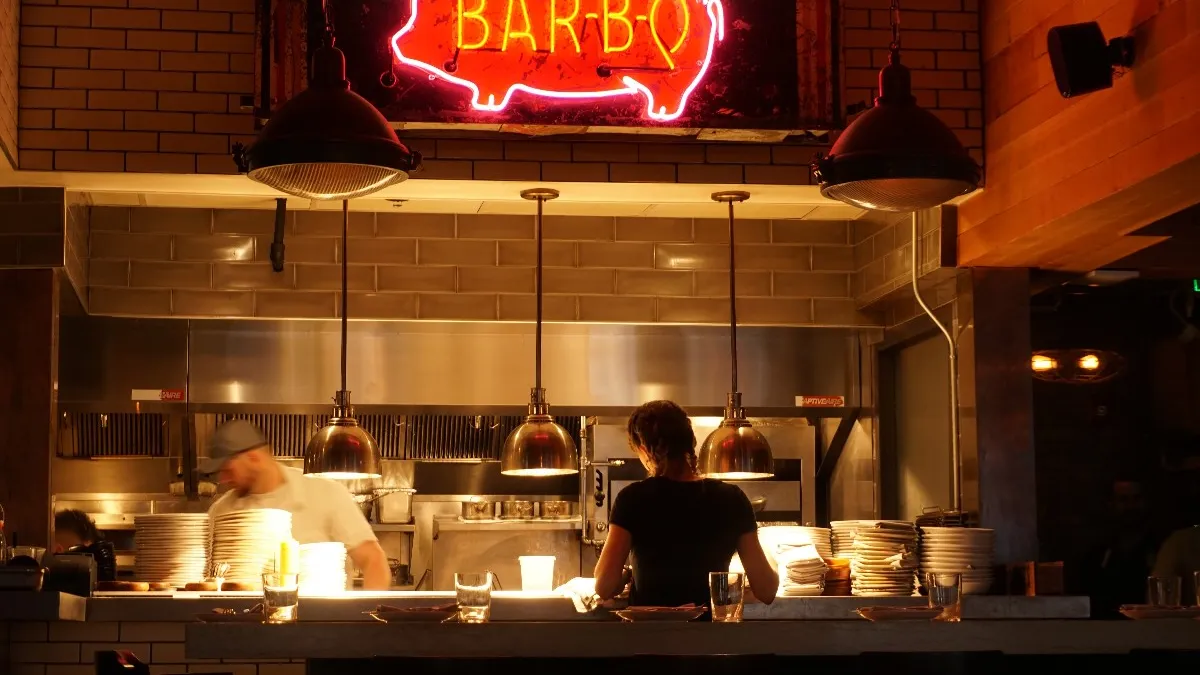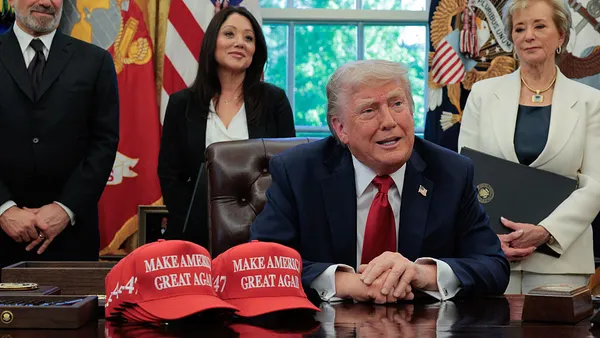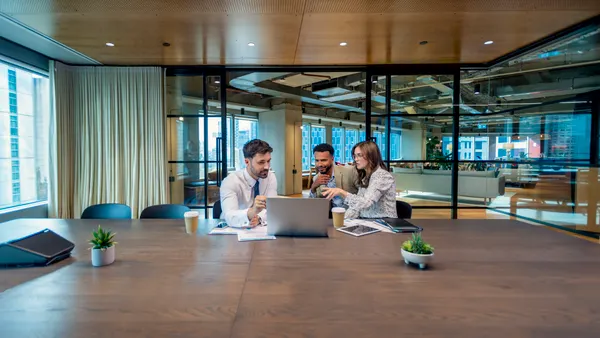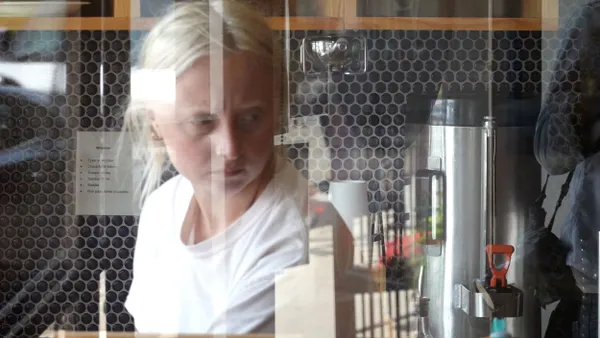Arif Virji is the managing partner at the San Francisco and Sonoma, California offices of Kaufman, Dolowich & Voluck LLP, where he focuses on representing management in employment, labor and business litigation and advisory matters.
Until recently, most restaurants thought the worst of the pandemic was behind them. The COVID-19 curve was flattening and states were loosening restrictions on reopening businesses. But there has been an alarming resurgence of COVID-19, with cases skyrocketing in Texas, Arizona, California and Florida. Each of these states has reported a record number of coronavirus cases in recent weeks. Arizona, for example, is reporting triple the number of daily cases it was reporting a month ago. But it’s unclear if another nationwide shutdown is on the horizon, and as such, restaurants will need to manage increasing numbers of employees reporting positive COVID-19 test results.
Most restaurants have established regular health screening procedures for employees. However, problems arise when an employee fails to follow the procedure or comes to work not knowing that he or she has been exposed to COVID-19 outside of work, and only later discovers and reports this prior exposure. In that case, the employee has now potentially contaminated the restaurant and passed on the virus to other employees or guests.
While all sectors of society have historically been involved to some extent in fighting the spread of deadly diseases, the sheer magnitude and spread of COVID-19 has forced businesses to take a unusually active role in combating this virus. In addition to establishing policies and procedures to prevent the spread of COVID-19 in the workplace, businesses have been asked to play an active role in dealing with employees who have tested positive, but questions about best practices abound.
Should we close the restaurant?
According to the Centers for Disease Control and Prevention (CDC), not necessarily. In its Interim Guidance for Businesses and Employers responding to Coronavirus Disease 2019 (May 2020), the CDC notes that if it has been less than seven days since the sick employee has been in the restaurant, businesses only need to close off any areas used for “prolonged periods of time” by the sick employee. However, in the typical restaurant, employees such as servers and bussers are by necessity in most areas of the restaurant during their shifts. As such, the entire restaurant will likely need to be temporarily shut down for disinfecting.
When can we reopen?
Once the restaurant has been disinfected, it can reopen, but only when enough employees can return. Employees who came into "close contact" with the sick employee will typically have to quarantine. In its Public Health Guidance for Community-Related Exposure (June 5, 2020), the CDC defines a close contact as someone who spent 15 minutes or more within six feet of an individual infected with COVID-19. For most businesses, employees who had close contact with the sick employee must be quarantined for 14 days even if they exhibit no symptoms or have a negative test. A negative test does not permit the employee to return to work before the 14-day quarantine period is up, because symptoms can develop even after testing negative.
However, there is an exception to this rule for businesses that are deemed to be in “critical infrastructure industries,” which are considered so vital that their closure would be detrimental to national economic interests. Restaurants are considered to be a critical infrastructure industry. In its Interim Guidance for implementing Safety Practices for Critical Infrastructure Workers Who May Have Had Exposure to a person with Suspected or Confirmed COVID-19, the CDC notes that in critical infrastructure sectors, close contact employees may be permitted to continue to work or may be allowed to return to work before the end of the 14-day quarantine period, so long as they adhere to additional safety precautions, such as (1) prescreening for symptoms and temperature; (2) requiring employees to self-monitor for symptoms of COVID-19 throughout the shift and report any onset of such symptoms to a manager; (3) wearing a mask in the workplace; (4) social distancing "as work duties permit;" and (5) regularly disinfecting and cleaning workspaces. This right to continue operations, however, may not be unconditional, as individual states may require the consent of local health departments. For example, comments by the California Department of Health suggest that in California, a quarantine waiver must be approved by the local health department in the county where the restaurant is located.
Are we allowed to interview the sick employee?
Employers have the right to conduct a thorough investigation of the circumstances surrounding the infection of the sick employee, with the goal of preventing transmission of the virus to other employees and to guests, but without unnecessarily invading the sick employee’s privacy. Key areas of inquiry should be: (1) when the sick employee believes he or she contracted the virus and when (or if) he or she began experiencing symptoms; (2) the dates and times of visits to the workplace by the sick employee after contracting the virus; (3) the proximity and length of contact between the sick employee and other employees at the workplace; (4) areas within the restaurant the sick employee visited; (5) employees who were present in breakrooms or restrooms at the same time as the sick employee; and (6) carpooling or ride sharing the sick employee may have participated in.
What can we tell the other employees?
The CDC requires businesses to inform employees of their possible exposure to COVID-19 in the workplace but maintain confidentiality as to the identity of the sick employee as required by the Americans with Disabilities Act (ADA).
Do we have to inform our guests?
In most restaurants, employees typically do not come into "close contact" with guests, meaning 15 minutes or more of contact within six feet of any guest. As such, an argument can be made that restaurants do not need to notify guests when they discover that an employee has tested positive. But the prudent approach may be to notify those guests who were in the restaurant during the sick employee’s infectious period. Restaurants should consider the possible negative publicity if guests discover that they were kept in the dark. In addition, given the current uncertainties about how the virus spreads the safer approach would be to disclose the potential exposure.
Do we need to test everyone?
Testing of all employees in a workplace is an effective method to identify additional sick employees and control further spread in the workplace. Testing becomes even more important when workers in critical infrastructure sectors are permitted to work if asymptomatic after potential exposure to a confirmed case of COVID-19. Employers should consult with their LHD to determine a testing strategy, including prioritizing testing so that employees with the closest contact to the sick employee are tested first. To the extent possible, employers should either offer onsite testing or otherwise arrange for testing through the company’s medical services provider.
Best practices
Making sure employees comply with health screening procedures before every shift is critical. Many restaurants are reporting difficulty getting 100% compliance from their employees. The answer lies in more training or different procedures to ensure compliance with the health screening procedures. One possibility may be to require managers to submit all screening forms to the HR department, which can monitor compliance. Another possible solution may be to prevent employees from clocking in until they electronically confirm having completed the health screening form.
Restaurants should identify and establish communications with the local health departments at each restaurant location, so that a streamlined, joint restaurant/health department response can be quickly put into place upon receipt of a positive COVID-19 test from an employee













